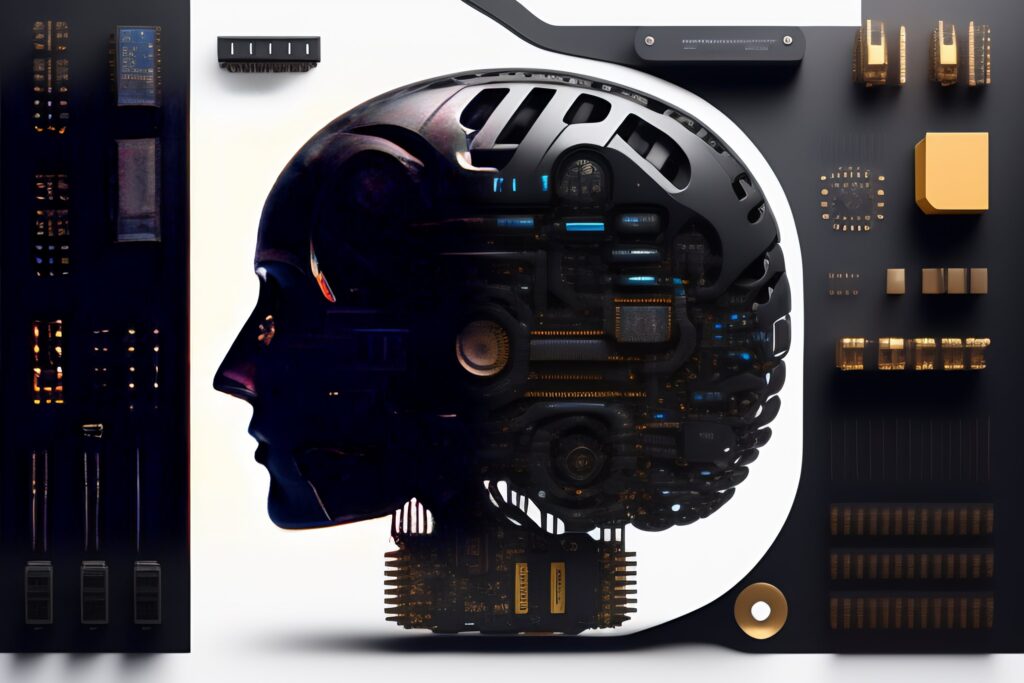Table of Contents
In this comprehensive exploration, we delve into the intricacies of the four primary types of artificial intelligence (AI) and their profound impact on our technological landscape. Understanding these distinct categories of AI is not only essential for technology enthusiasts but also crucial for businesses aiming to harness the power of AI for innovation and competitiveness.
Introduction
Artificial Intelligence, or AI, has emerged as a transformative force in the modern world, reshaping industries and revolutionizing how we interact with technology. To effectively harness the potential of AI, it’s imperative to comprehend the four main categories it can be classified into:
1. Reactive Machines
Reactive Machines represent the foundational stage of AI development. These systems excel at performing specific tasks but lack the ability to learn or adapt from experience. They operate based on predefined rules and do not possess memory or the capacity to improve over time. A prime example of this category is IBM’s Deep Blue, which famously defeated world chess champion Garry Kasparov in 1997.
2. Limited Memory AI
Limited Memory AI, as the name suggests, goes beyond mere rule-based operations. These systems can store and recall past data, enabling them to make decisions in dynamic environments. Self-driving cars, which rely on extensive data archives to navigate real-world traffic, are a prime illustration of this AI type.
3. Theory of Mind AI
Theory of Mind AI represents a significant leap in AI capabilities. These systems have the capacity to understand human emotions, intentions, and beliefs, enabling more natural interactions with humans. While not yet fully realized, progress in this category is promising, with chatbots and virtual assistants becoming increasingly adept at empathetic responses.
4. Self-aware AI
The pinnacle of AI evolution, Self-aware AI, refers to systems with consciousness and self-awareness. These AI entities can not only understand human emotions but also exhibit them to some extent. Self-aware AI remains a topic of intense research and debate, with scientists and ethicists exploring the implications and boundaries of creating sentient machines.
The Impact of AI Categories
Understanding the distinct categories of AI is vital for businesses and industries seeking to leverage AI’s potential. Let’s explore how these categories are shaping various sectors:
1. Healthcare
In the healthcare sector, Limited Memory AI is being used to analyze vast patient datasets, aiding in the diagnosis and treatment of diseases. Predictive algorithms powered by this AI type are revolutionizing healthcare outcomes.
2. Autonomous Vehicles
Self-driving cars, driven by Limited Memory AI, are poised to transform the transportation industry. These vehicles can navigate complex traffic scenarios and reduce accidents through real-time data analysis.
3. Customer Service
Theory of Mind AI is enhancing customer service experiences. Chatbots and virtual assistants equipped with this AI category can understand and respond to customer emotions, ensuring more personalized interactions.
4. Future Possibilities
As AI continues to advance, the prospect of Self-aware AI raises intriguing questions about the nature of consciousness and ethics. It could lead to innovations we can’t yet fathom.
Conclusion
In conclusion, our exploration of the four main types of artificial intelligence underscores the profound impact of AI on various facets of our lives. Each category represents a unique step in AI evolution, with far-reaching implications for industries and society at large. As AI continues to progress, businesses and individuals must stay abreast of these developments to remain competitive and informed in this rapidly changing technological landscape.
